Vipul Kumar
👨💻 Java, Spring Boot, Microservices, AWS expert | 💻 Skilled in Node.js, Angular | 🚀 Passionate about scalable solutions, ☁️ cloud architecture, 🌐 full-stack development, and 🤖 GenAI

API Contracts in Microservices Communication
🔗 Role in Microservices — API contracts define the expected interactions between microservices, ensuring that each service communicates correctly with others. This is crucial in a microservices architecture where services are independently developed and deployed.
Read More
Hinted Handoff in System Design
🔄 Definition — Hinted handoff is a technique used in distributed systems to improve write availability and ensure data durability when some nodes are temporarily unavailable.
Read More
State of AI at the End of 2024
📈 AI Adoption — In 2024, AI adoption has surged significantly, with 72% of organizations using AI, up from 50% in previous years. This increase is driven by the widespread use of generative AI across various business functions.
Read More
Understanding Database Partitioning
🔍 Definition — Database partitioning is a technique used to divide a large dataset into smaller, more manageable pieces called partitions. This helps improve the performance and scalability of the database system.
Read More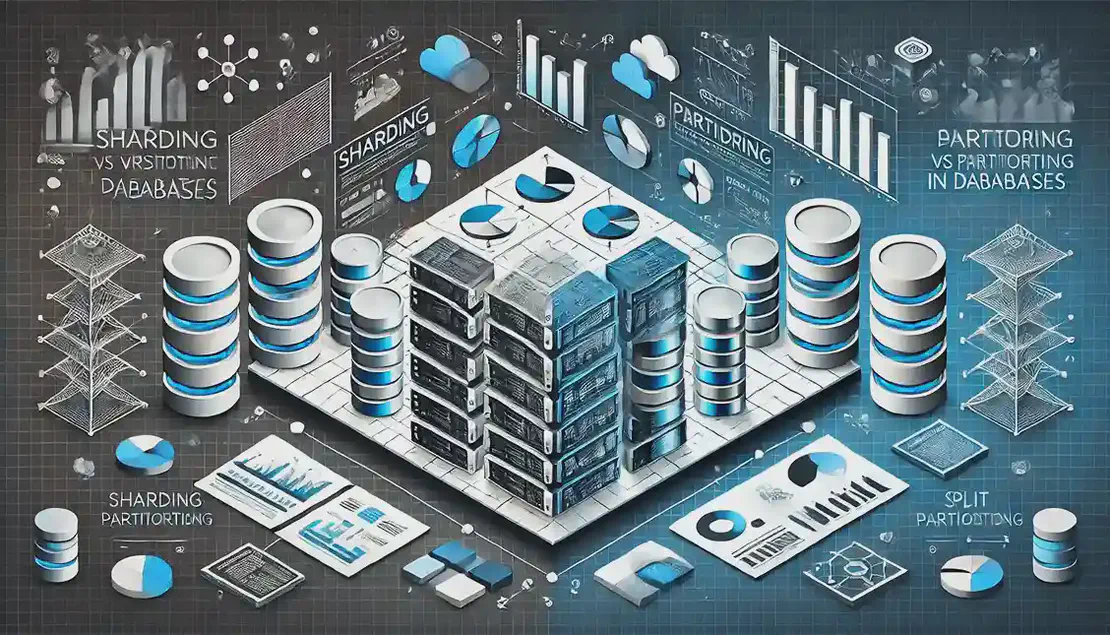
Sharding vs Partitioning in Databases
🔍 Definition — Sharding is a type of database partitioning that involves distributing data across multiple servers, while partitioning generally refers to dividing data within a single database instance.
Read More
Understanding SSL and Its Importance
🔒 Definition — SSL, or Secure Sockets Layer, is a protocol for encrypting and securing communications over the Internet. It ensures that data transferred between users and websites remains private and secure.
Read More
Understanding SSH: Secure Shell Protocol
🔐 Definition — SSH, or Secure Shell, is a network protocol that provides secure remote access to computers over unsecured networks, ensuring encrypted data communications and strong authentication.
Read More
Cloud-Native Applications Explained
☁️ Definition — Cloud-native applications are designed to fully leverage cloud computing environments, utilizing microservices architecture to enhance scalability, flexibility, and resilience.
Read More
12 Factor App Principles Explained
📜 Codebase — Maintain a single codebase tracked in version control, with multiple deployments. This ensures consistency across environments and simplifies the management of different application versions.
Read More
Concurrency vs Parallelism in Computing
🔄 Concurrency — Concurrency involves managing multiple tasks that can start, run, and complete in overlapping time periods. It is about dealing with many tasks at once, but not necessarily executing them simultaneously.
Read More
Consistent Hashing in System Design
🔄 Definition — Consistent hashing is a distributed hashing technique used to distribute data across multiple nodes in a network, minimizing the need for data redistribution when nodes are added or removed.
Read More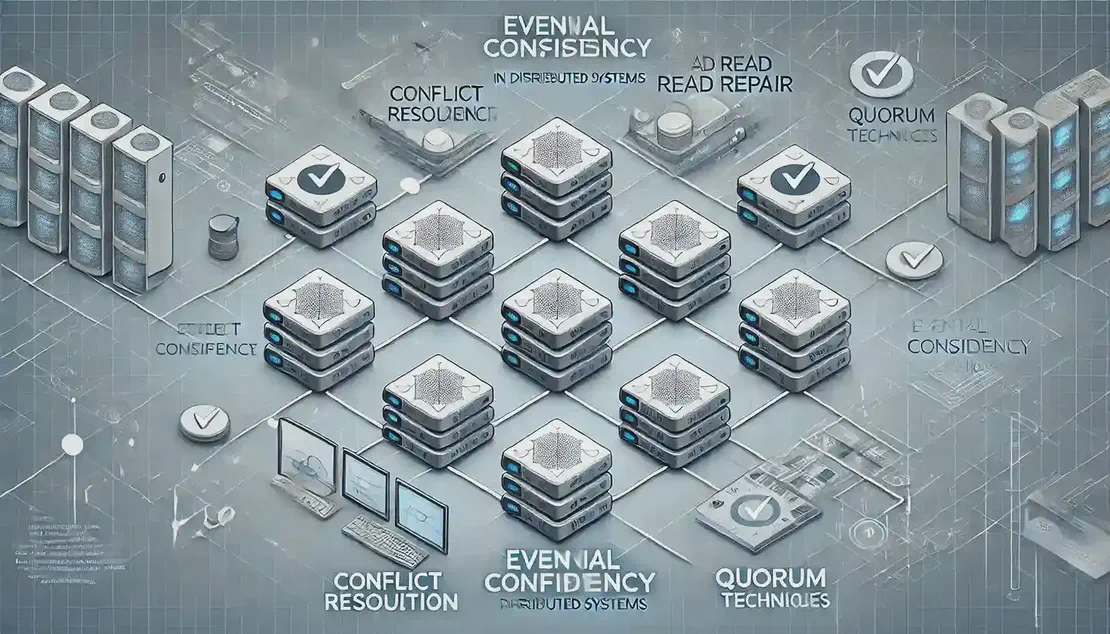
Eventual Consistency Patterns
🔄 Event-Based Consistency — This pattern involves services emitting events when their state changes, and other services listening to these events to update their data. It promotes loose coupling and scalability but introduces a delay before all services reflect the latest state.
Read More
Domain-Driven Design as a Software Design Approach
🔍 Definition — Domain-Driven Design (DDD) is a software design approach that focuses on modeling software to align with the business domain, using input from domain experts.
Read More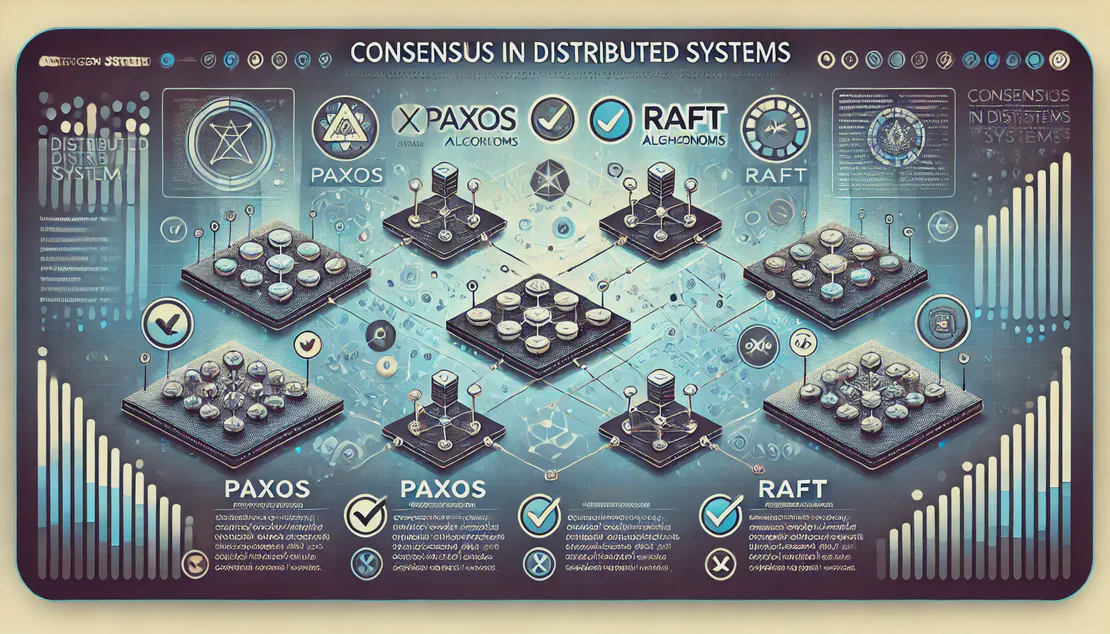
Consensus in Distributed Systems
🔄 Definition — Consensus in distributed systems is the process by which multiple nodes agree on a single data value or course of action, ensuring consistency and reliability despite potential failures.
Read More
Understanding Vertical Slice Architecture
🔍 Definition — Vertical Slice Architecture is a software design approach that organizes code around specific features or use cases, rather than technical layers.
Read More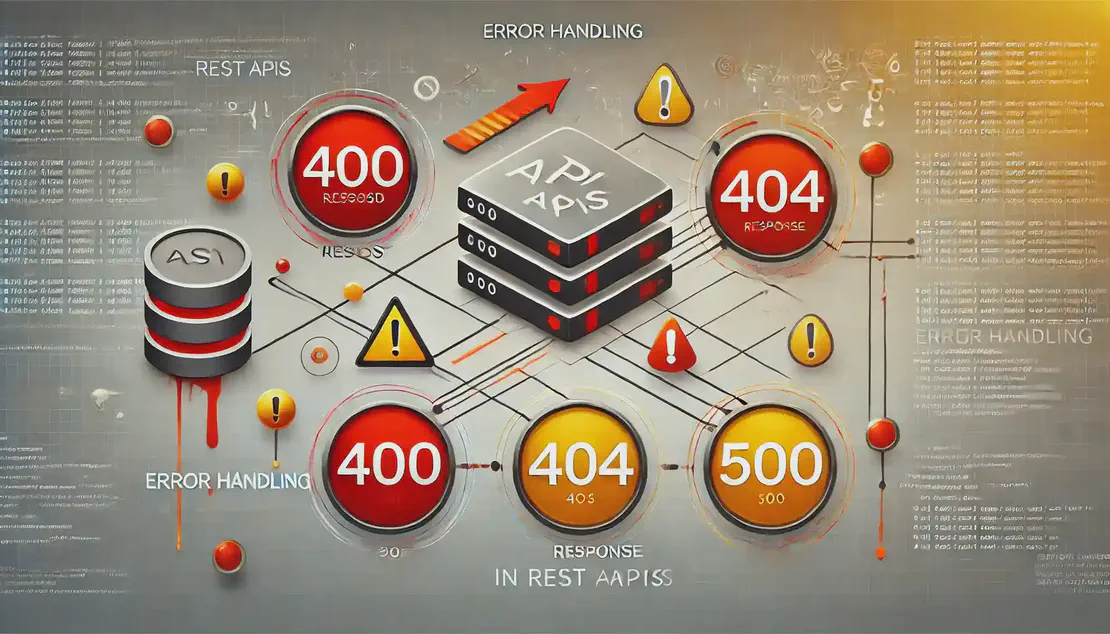
Best Practices for REST API Error Handling
📜 Consistent Structure — Ensure that error responses follow a consistent structure across all API requests to make them predictable and easier to handle.
Read More
Implementing Pagination, Filtering, and Sorting in REST APIs
🔍 Filtering — Filtering in REST APIs allows clients to retrieve only the data they need by specifying criteria. Common methods include using query parameters, path parameters, and request bodies. For example, using query parameters like GET /products?price_gt=50 filters products with a price greater than $50.

Understanding Request and Response Headers in REST APIs
📜 Definition — Request and response headers in REST APIs are metadata that provide additional information about the request or response. They are key-value pairs included in HTTP messages.
Read More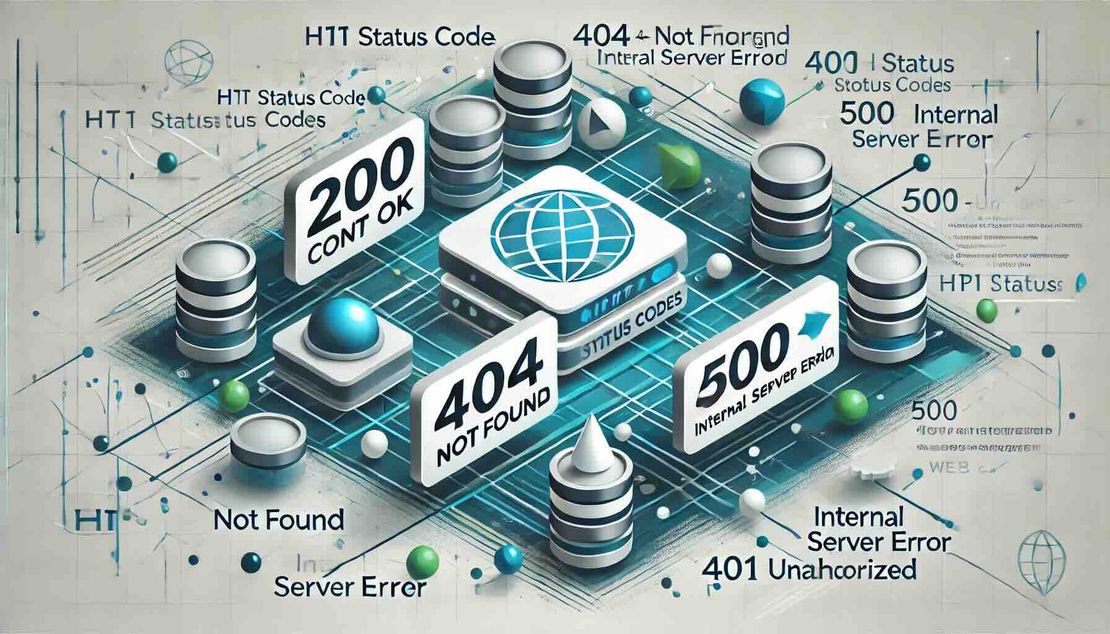
Understanding HTTP Status Codes
🔢 Definition — HTTP status codes are three-digit numbers issued by a server in response to a client’s request, indicating the result of the request.
Read More
HTTP Methods and Their Purposes
🔍 GET — Used to request data from a specified resource without altering it. It is considered safe and idempotent, meaning it can be repeated without causing any changes.
Read More
Introduction to RESTful APIs
🌐 Definition — A RESTful API is an interface that allows two computer systems to exchange information over the internet using the REST architectural style.
Read More
Types of Load Balancing Algorithms
🔄 Load Balancing Algorithm — A load balancing algorithm is a set of predefined rules used by a load balancer to distribute network traffic between servers, ensuring no single server becomes overloaded.
Read More
Protocol Buffers as a Serialization Format
📜 Definition — Protocol Buffers, also known as Protobuf, is a language-neutral, platform-neutral extensible mechanism for serializing structured data, developed by Google.
Read More
How gRPC Works
🔧 Architecture — gRPC is a high-performance, open-source RPC framework that uses HTTP/2 for transport and Protocol Buffers for message serialization. It allows client applications to call methods on a server application as if they were local objects.
Read More
Understanding the Concept of VPNs
🔒 Definition — A VPN, or Virtual Private Network, is a technology that creates a secure and encrypted connection over a less secure network, such as the Internet.
Read More
Canary Deployments: A Safer Way to Roll Out Updates
🐦 Definition — Canary deployment is a strategy where a new software version is released to a small subset of users before a full rollout. This allows for testing in a real-world environment with minimal risk.
Read More
Understanding CI/CD in Software Development
🔄 CI/CD Definition — CI/CD stands for Continuous Integration and Continuous Delivery/Deployment. It is a set of practices that automate the integration of code changes and the delivery of software updates.
Read More
Docker Architecture Explained
🖥️ Client-Server Model — Docker uses a client-server architecture where the Docker client communicates with the Docker daemon to manage containers.
Read More
Kubernetes Architecture Explained
🔧 Control Plane — The control plane manages the overall state of the Kubernetes cluster. It includes components like kube-apiserver, etcd, kube-scheduler, and kube-controller-manager, which handle tasks such as API management, data storage, scheduling, and running controller processes.
Read More
Timeout Pattern in Microservices
⏳ Timeout Pattern — The timeout pattern in microservices is a design strategy used to handle delays and failures in service communication by setting a maximum wait time for responses.
Read More
Service Discovery in Microservices
🔍 Definition — Service discovery is a mechanism that allows microservices to locate and communicate with each other within a distributed system. It is essential for managing the dynamic nature of microservices environments.
Read More
Chaos Engineering in Microservices
🔍 Definition — Chaos Engineering is a discipline that involves experimenting on a software system in production to build confidence in the system’s capability to withstand turbulent conditions.
Read More
Main API Architecture Styles
🔄 REST — REST (Representational State Transfer) is a stateless architectural style that uses standard HTTP methods like GET, POST, PUT, and DELETE. It is simple, scalable, and flexible, supporting various data formats such as JSON and XML. However, it lacks a clear contract and has limited support for complex queries.
Read More
Best Practices for Managing Secrets in Microservices
🔐 Centralized Management — Use centralized secret management systems like HashiCorp Vault or AWS Secrets Manager to securely store and manage secrets. This helps in maintaining a single source of truth and simplifies access control.
Read More
Distributed Tracing in Microservices Explained
🔍 Definition — Distributed tracing is a method used to track and observe application requests as they move through distributed systems or microservice environments.
Read More
Service Mesh: Managing Microservices Communication
🔍 Definition — A service mesh is an infrastructure layer that manages communication between microservices in a distributed system, providing tools for traffic management, security, and observability.
Read More
Sidecar Pattern in Microservices
🔄 Definition — Event sourcing is a pattern where the state of a business entity is stored as a sequence of events, rather than just the current state.
Read More
Event Sourcing in Microservices
🔄 Definition — Event sourcing is a pattern where the state of a business entity is stored as a sequence of events, rather than just the current state.
Read More
Understanding Two-Phase Commit in Microservices
🔄 Protocol Overview — The Two-Phase Commit (2PC) protocol is a distributed algorithm used to ensure that a transaction is either committed or aborted across all participating nodes in a distributed system.
Read More
Understanding the CQRS Pattern
🔄 Definition — CQRS stands for Command Query Responsibility Segregation, a pattern that separates the responsibilities of handling commands (write operations) and queries (read operations) in a software system.
Read More
Understanding the Saga Pattern in Microservices
🔄 Definition — The Saga pattern is a design pattern used to manage distributed transactions in microservices by breaking them into a series of smaller, local transactions.
Read More
Managing Transactions in Microservices
🔄 Distributed Transactions — Managing transactions in microservices often involves distributed transactions, which can be complex due to the need to maintain consistency across multiple services.
Read More
Implementing the Retry Pattern in Microservices
🔄 Definition — The Retry Pattern is a design strategy used in microservices to handle transient failures by automatically retrying failed requests.
Read More
Understanding Database Sharding
Understanding Database Sharding
🔍 Definition — Database sharding is a method of distributing a large database across multiple machines to improve performance and scalability.
Read More
Implementing JWT for Secure API Communication
🔐 API Security Importance — API security is crucial due to the increasing number of APIs and their exposure as attack vectors. APIs are often publicly exposed, making them attractive targets for cyberattacks.
Read More
Role of API Gateways in Microservices Architecture
🔗 Centralized Entry Point — API gateways serve as a centralized entry point for all client requests in a microservices architecture, managing and routing these requests to the appropriate microservice.
Read More
Understanding Zero Downtime Deployments
🔄 Definition — Zero downtime deployment (ZDD) is a method of updating software without causing any service interruptions or downtime for users.
Read More
Understanding Idempotency in APIs
🔄 Definition — Idempotency in APIs refers to the property where performing the same operation multiple times results in the same outcome as performing it once.
Read More
Understanding API Rate Limiting
🔍 Definition — API rate limiting is a technique used to control the number of requests a user or application can make to an API within a specific timeframe. It ensures that APIs handle traffic efficiently without being overwhelmed.
Read More
Choosing Between Microservices and Monolithic Architecture
🔍 Definition — Monolithic architecture is a traditional software model where the entire application is built as a single, indivisible unit. Microservices architecture, on the other hand, breaks down the application into smaller, independent services that can be developed, deployed, and scaled independently.
Read More
MQTT Protocol Overview
📜 Definition — MQTT, or Message Queuing Telemetry Transport, is a lightweight, publish-subscribe network protocol designed for machine-to-machine communication, particularly in the Internet of Things (IoT).
Read More
The Journey of Data in a Web Application
🌐 Internet — The internet is the network that allows clients and servers to exchange information. It acts as the medium through which requests and responses travel.
Read More
Understanding Network Protocols
🔍 Definition — Network protocols are established sets of rules that determine how data is transmitted between different devices in a network. They enable communication by providing a common language for devices with different internal processes.
Read More
Understanding the Circuit Breaker Pattern
🔌 Definition — The Circuit Breaker Pattern is a design pattern used in software development to prevent an application from repeatedly trying to execute an operation that is likely to fail.
Read More
Understanding Event-Driven Architecture
🔄 Definition — Event-driven architecture (EDA) is a software design model that focuses on the publication, capture, processing, and storage of events, allowing systems to respond in real-time or near-real-time.
Read More
What Happens When You Type google.com
What Happens When You Type google.com
🌐 URL Entry — When you type ‘google.com’ into your browser, it initiates a series of backend processes to display the webpage.
Read More